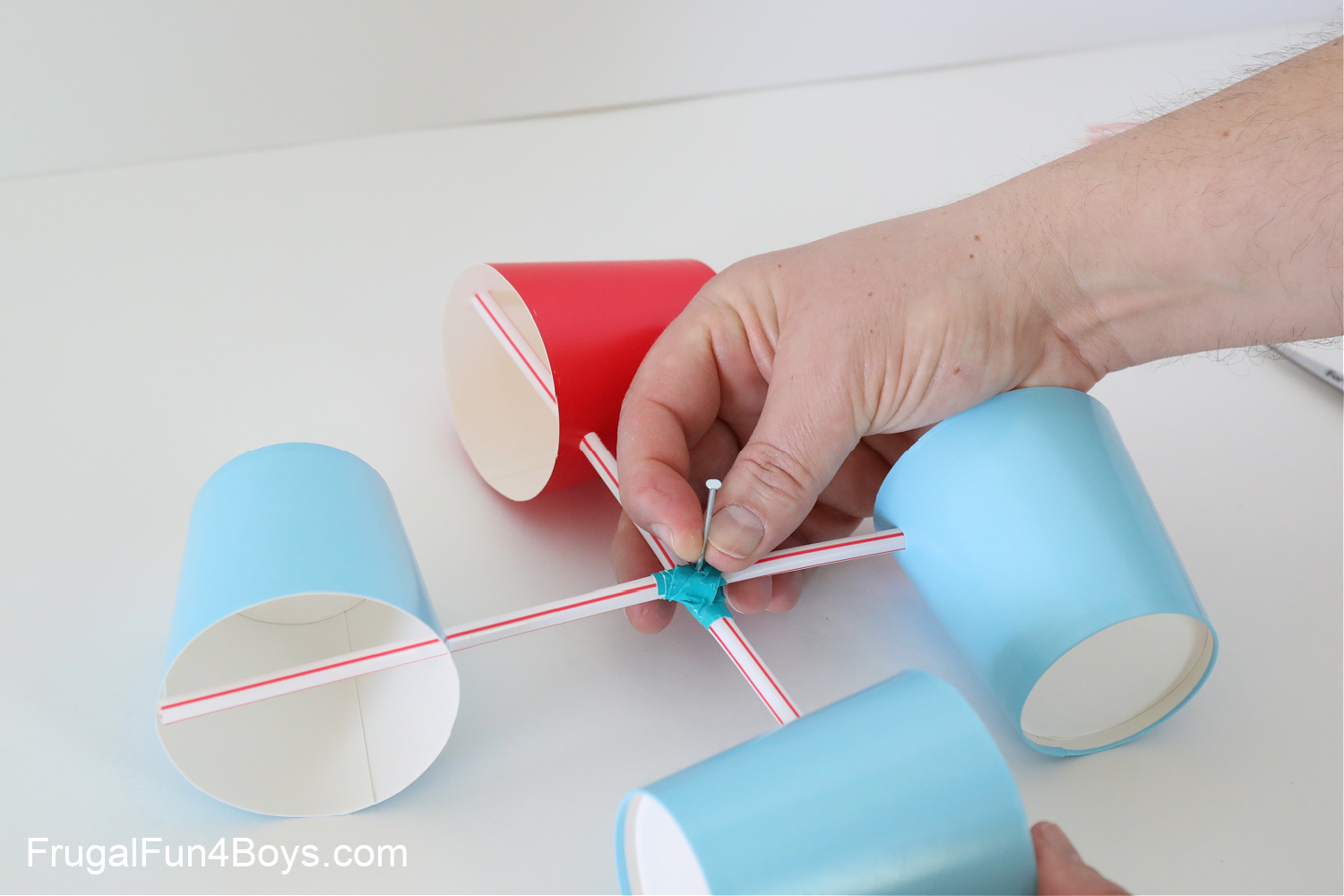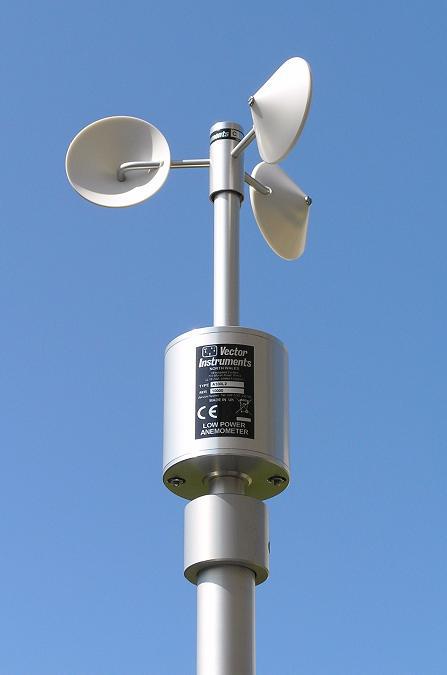Expert Tips for Adjusting Your Anemometer for Optimum Efficiency
Expert Tips for Adjusting Your Anemometer for Optimum Efficiency
Blog Article
All You Need to Know Regarding Anemometers: Just How They Function, Why They Matter, and Where to Make use of Them
Anemometers, however typically forgotten in the world of scientific instruments, play a crucial role in different areas, offering useful understandings right into wind speed and air flow patterns. As we dig right into the details of anemometer modern technology, we will certainly uncover the inner functions of these tools, their significance, and the key factors to consider when choosing the appropriate anemometer for specific applications.

Anemometer Fundamentals
A vital tool made use of to determine wind speed and instructions, the anemometer plays a crucial duty in weather forecasting and numerous industries. An anemometer typically is composed of three or four mugs that turn in the wind, a vane that directs into the wind, and sensors to track the rotations or movements.
There are different kinds of anemometers offered, consisting of mug anemometers, vane anemometers, hot-wire anemometers, and sonic anemometers, each with its unique functions and applications. Mug anemometers are typically utilized for fundamental wind speed measurements, while vane anemometers are preferred for directional dimensions.
Concepts of Anemometer Procedure
Building on the foundational understanding of anemometer basics, the principles of anemometer procedure elucidate the technicians behind wind rate and instructions dimensions. Mug anemometers, for circumstances, have 3 or more cups that catch the wind, triggering them to spin quicker as the wind speed rises. Hot-wire anemometers depend on a warmed wire that cools down as wind passes over it, with the rate of cooling figuring out the wind speed.
Relevance of Anemometers
Anemometers play a vital role in gauging wind rate and instructions, providing important data for weather projecting, climate studies, environmental monitoring, and aviation procedures. Meteorologists count on anemometers to collect precise wind data, helping them understand weather patterns, predict tornados, and concern prompt warnings to the public. Wind farm drivers make use of anemometers to analyze wind problems and take full advantage of power manufacturing from wind generators.
Applications Throughout Numerous Industries
In the eco-friendly power industry, anemometers play an essential duty in assessing wind problems for wind ranch placements, guaranteeing optimum power manufacturing. Industries like building and construction and mining utilize anemometers to monitor wind speeds, crucial for safety protocols, particularly when working at elevations or in open-pit mines where solid winds can present threats. In agriculture, anemometers aid farmers in handling plant spraying by giving real-time data on wind speed to prevent drift.

Choosing the Right Anemometer for Your Requirements
For general objectives, a cup anemometer is appropriate for measuring wind rate, while a vane anemometer provides wind instructions data. Hot-wire anemometers are optimal for this post reduced airspeed measurements, and ultrasonic anemometers use high accuracy and sturdiness.

Final Thought
Finally, anemometers play a vital role in determining wind rate and instructions throughout different markets. Understanding the principles of anemometer procedure is essential for selecting the ideal read this article device for details requirements. From meteorology to aviation, anemometers are important tools for gathering accurate data and making certain safety in different applications. It is necessary to think about the relevance of anemometers in order to make informed choices when selecting one of the most ideal device for measuring wind problems.
There are different kinds of anemometers available, consisting of cup anemometers, vane anemometers, hot-wire anemometers, and sonic anemometers, each with its unique attributes and applications. Cup anemometers are frequently used for fundamental wind rate measurements, while vane anemometers are chosen for look at this web-site directional measurements. Hot-wire anemometers are suitable for low airspeeds, and sonic anemometers are optimal for high-precision dimensions in research and commercial setups.Structure on the fundamental understanding of anemometer basics, the concepts of anemometer operation illuminate the technicians behind wind speed and instructions dimensions. For general purposes, a cup anemometer is ideal for measuring wind speed, while a vane anemometer supplies wind direction information.
Report this page